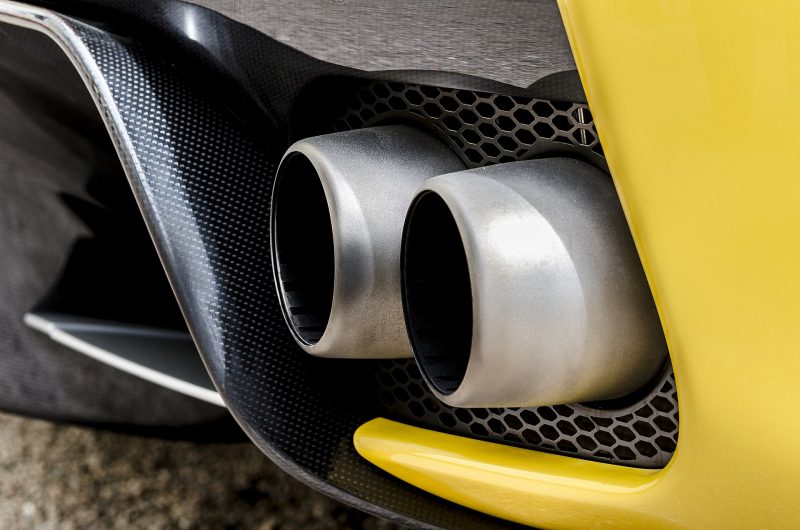
When everything is in order with our exhaust system, exhaust smoke is usually colorless. From time to time it can be white due to low temperatures, but that’s nothing to worry about. But what if exhaust smoke turns black, blue or white for no reason? In that case, the car is telling us that there is something wrong.
Blue smoke
This is a very bad sign and it means that the oil is leaking into the parts of the engine where it shouldn’t be. The cause can be anything from a lose valve, to damaged cylinders. If we leave our car on for a long time in this condition, it can cause an oil loss which leads to pressure loss in the system, which then leads to major malfunction.
Diagnosis: usually smells like burned toast. Once you notice this, check the oil level and tell your mechanic to check pistons.
Black smoke
Black smoke is usually a normal occurrence in old diesel cars, especially when accelerating suddenly. But when it comes to newer cars, black smoke is considered a bad sign and it means that something is wrong. In this case, there is a huge possibility that the engine is getting too much fuel in its system and is having trouble burning this fuel. This means that the fuel mixture is “too rich” – there is too much fuel and not enough air.
Diagnosis: Check your fuel filter first. If the fuel filter is to dirty and clogged, it usually means that system is faulty.
White smoke
Unless it’s cold outside, the white smoke is also a bad sign. It usually means that the coolant or transmission fluid is being burned somewhere inside the engine. With diesels, this can also mean that the fuel is not being burned properly. As I’ve mentioned earlier, the cause of white smoke can be condensation due to outside temperature, but this usually only occurs at start. If the white smoke keeps coming out of your exhaust for a longer time while you drive, you should definitely have it checked.
Diagnosis: If the smoke has a “sweet” smell, check your coolant and if it smells like burned toast, check transmission fluid levels.

No comment yet, add your voice below!